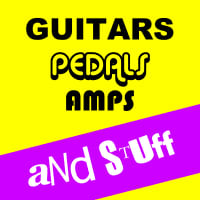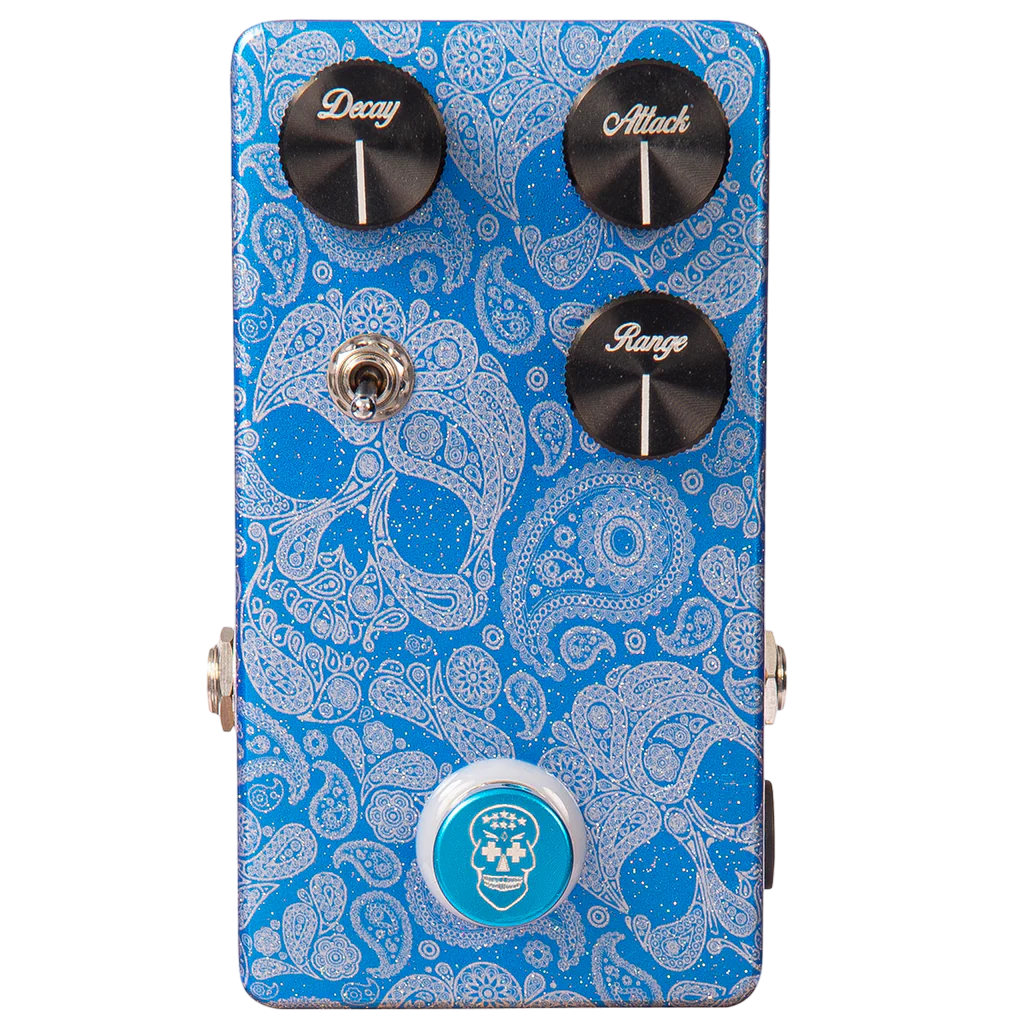Bass is at the heart of the rhythm section, and we’ve got everything you need to build your perfect setup. From powerful bass amps and deep, rich effects to essential accessories like strings, straps, and cases, this category covers it all. Whether you’re a beginner laying down your first grooves or a gigging bassist shaping your signature tone, you’ll find top gear from trusted brands right here. Dive into our full range and take your low end to the next level.
Guitar FX (effects) refer to the wide range of pedals and processors that shape and manipulate a guitar’s signal to create different sounds. From classic distortion and overdrive to reverb, delay, modulation, and pitch-shifting, effects are at the heart of a guitarist’s creative toolkit. Whether analogue or digital, stompbox or multi-effects unit, Guitar FX allow players to express mood, texture, and dynamics in unique ways. Used thoughtfully, they can transform a simple riff into something atmospheric, aggressive, or entirely otherworldly.
A pedal is a compact device that guitarists use to alter their instrument’s sound by shaping effects such as distortion, delay, reverb, and modulation. Typically housed in a rugged enclosure and controlled by footswitches, pedals are designed to be placed on the floor for hands-free operation during playing. They can be analogue or digital, true bypass or buffered, and come in countless varieties to suit different styles and preferences. Pedals are essential tools for creating signature tones and adding colour and texture to a guitarist’s sound.
A guitar phaser is an electronic effect used to alter the sound of a guitar by creating a series of peaks and troughs in the frequency spectrum of the audio signal. This effect is achieved through a process called phase shifting, where the audio signal is split into two paths. One path remains unchanged, while the other is subjected to an all-pass filter that shifts its phase. When these two signals are recombined, they interfere with each other, creating the characteristic swooshing or swirling sound associated with phasers. This effect can add a sense of movement and depth to the guitar’s tone, making it a popular choice for both rhythm and lead playing.
Phasers often come with controls that allow the guitarist to manipulate various parameters of the effect. Common controls include the rate or speed of the phase shifting, which determines how quickly the peaks and troughs move through the frequency spectrum. Another typical control is the depth, which adjusts the intensity of the effect by varying the extent of the phase shift. Some phasers also offer resonance or feedback controls, which emphasize certain frequencies and can create more pronounced, dramatic effects. These adjustable parameters make the phaser a versatile tool, capable of producing subtle modulation to extreme, spacey sounds.
The phaser effect has a rich history in music, with notable usage across different genres. In the 1970s, phasers became particularly popular in rock and funk music, with bands like Pink Floyd and The Rolling Stones using them to create psychedelic and immersive soundscapes. Songs like “Breathe” by Pink Floyd and “Shattered” by The Rolling Stones showcase the distinct, swirling sound of the phaser. Over the years, phasers have continued to evolve, with modern digital models offering more precise control and additional features. Despite technological advancements, the core appeal of the phaser remains its ability to transform a guitar’s tone, adding a dynamic, textured quality that can enhance any musical piece.
We have new and used Flattley Guitar Pedals musical equipment available on our website for fast direct delivery from sellers across the UK & Europe.







![[Phaser Pedal]:Pure analog phaser effect, warm and plimp sound. LED indicator shows the working state. [2 Working Modes]: Vintage-perfect reproduction of the classic psychedelic phase-shifting effect of 1974. Modern-a deeper, modern full-scale effect...](https://m.media-amazon.com/images/I/31JMz-J8JJS._SL400_.jpg)
